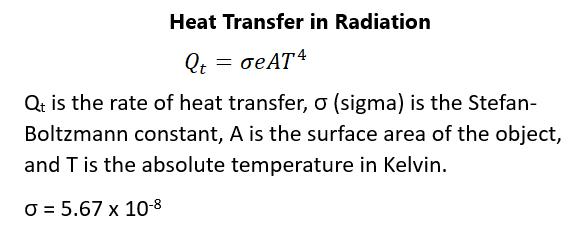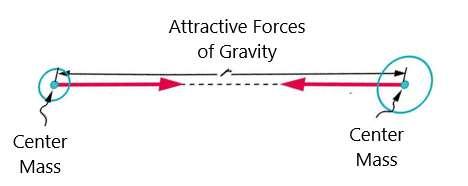with thick liquid in it. As the rotational kinetic energy is directly related to its inertia, the can with the thick liquid in it will roll more and therefore will move slower. What you need to take away from this is that rotational kinetic energy is essentially analogous to translational kinetic energy. Both are related to mass and velocity but, with rotational kinetic energy, the motion or velocity is rotational and with translational kinetic energy, the motion is linear.
ANGULAR MOMENTUM The topic of angular momentum goes to the issue of why the earth continues to spin and why a skater spins faster by pulling her arms in without adding extra torque. Angular momentum, which goes by the initial L, is equal to the inertia multiplied by the angular velocity, which is very similar to the linear momentum equation, which is P equals mass times the velocity, both of which have units of kilogram meters per second squared. A large moment of inertia will have a large angular momentum. Like linear momentum, inertia is the ability to carry rotation in a forward direction. As long as external torque is zero, the momentum is conserved. The inertia of a sphere is two-fifths times the mass times the radius squared. The moment of inertia of the earth needs to be multiplied by its angular velocity, which is one revolution per day. The angular velocity in radians is 7.3 radians per second. The moment of inertia depends on the mass of the earth and its radius. Given these values, the angular momentum of the earth is roughly 7 times 1033 kilogram-meters squared per second. This is a lot of angular momentum. When rotating a bicycle wheel, the net torque involved is the change in angular momentum over the change in time. The greater the net torque (twisting force) the more rapid is the increase in angular momentum. This is completely analogous to the relationship between force and linear momentum. Similar to linear momentum, angular momentum is conserved as long as the net external torque equals zero. This is why the earth keeps spinning. The net torque being zero means that the change in angular momentum is zero. It would take a large torque over a long period of time to slow the earth. The only thing that affects the rotation of 119




































































